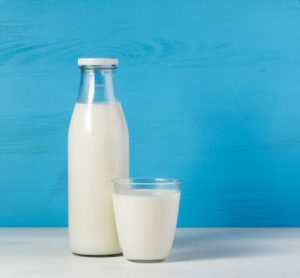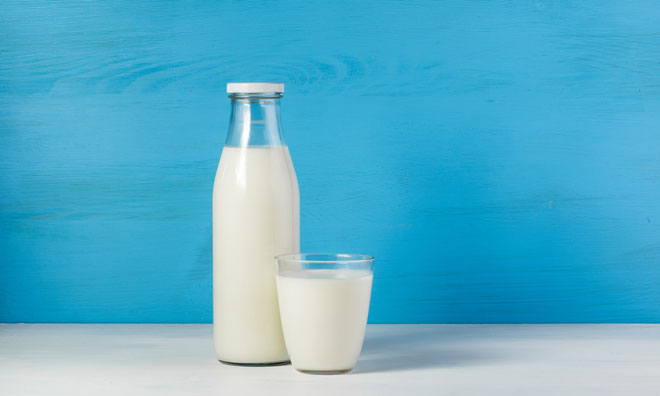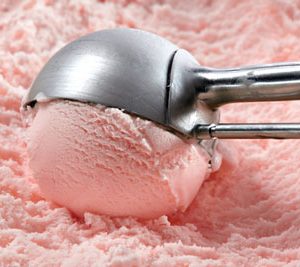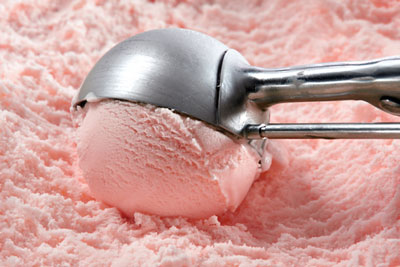New types of milk-based products by high pressure
26 August 2010 | By Vibeke Orlien, Head of Research Group Food Chemistry, University of Copenhagen
High pressure technology offers new opportunities for nutritional and healthy milk products. Based on skim milk and added whey protein or hydrocolloids, high pressure makes it possible to produce milk products ranging from yoghurtlike to pudding-like, but without the sour taste and with less sugar. Moreover, high pressure is a…








